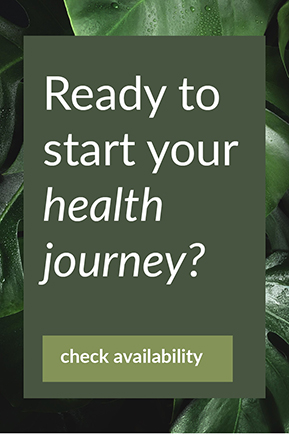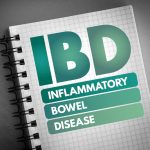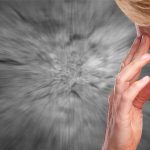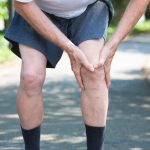Premenstrual syndrome (PMS) is extremely common and it is estimated that up to 85% of women experience at least one or more symptoms of PMS.
But what exactly causes it, and how can we manage it? In this week’s blog post we take a deep dive into the underlying causes of PMS, and how we can use natural treatments to help reduce the toll of those monthly symptoms.
What is PMS and what causes it?
PMS is the name given to a group of symptoms that can occur in the 7-14 days leading up to the menstrual period. There is a wide range of symptoms that are included in this syndrome, including both physical and psychological symptoms. Symptoms vary from person to person and can range from mild to severe. Symptoms of PMS include:
Physical symptoms:
- Bloating and weight gain
- Cramps and abdominal pain
- Breast pain
- Headaches
- Back pain
- Changes to bowel habits
- Fatigue
- Food cravings
Psychological symptoms:
- Anxiety
- Depression
- Irritability
- Mood swings
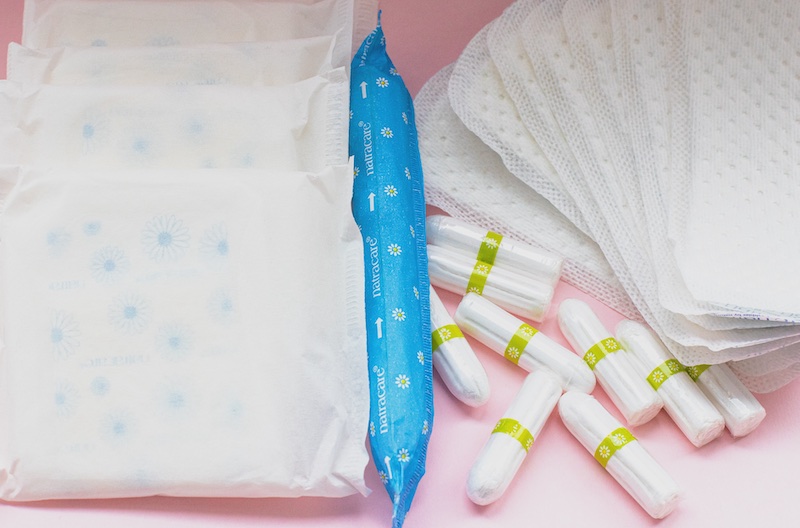
So, what exactly causes it? Unfortunately, PMS is a complex issue that isn’t yet fully understood. There are many different theories to explain the causes of PMS, but in reality, it’s likely that there are many different factors at play, including complex interactions between different hormones and other chemicals in the body.
Possible contributing factors include:
- Hormonal imbalance: The 7-14 days before your period are known as the “luteal phase”, which begins after ovulation has occurred and continues up until you begin your menstrual period. During this phase, progesterone (and to a lesser extent, oestrogen) levels increase, before peaking just before your period. Excessively high oestrogen (also known as “oestrogen dominance”) or an imbalance between progesterone and oestrogen, may be a factor in PMS symptoms. Excess oestrogen can lead to bloating, weight gain, irritability, anxiety, breast pain and cramps, while a relative progesterone excess may lead to low libido, bloating, depression and low energy. Similarly, other hormones such as prostaglandins and prolactin may become imbalanced during this phase of the cycle.
- Altered neurotransmitter levels, particularly low serotonin and GABA, due to changes in oestrogen and progesterone
- Altered adrenal hormone levels, due to changes in the HPA axis (our “fight or flight” response)
- Altered aldosterone levels, the hormone responsible for regulating our body’s fluid balance, leading to water retention and bloating
- Nutritional deficiencies, particularly magnesium, vitamin B6, calcium and vitamin D
- Blood sugar dysregulation
- Environmental factors such as stress
- Excess histamine: unfortunately, too much estrogen can cause histamine intolerance. A naturopath will assess symptoms of high histamine and may recommend lowering high histamine foods in your diet.
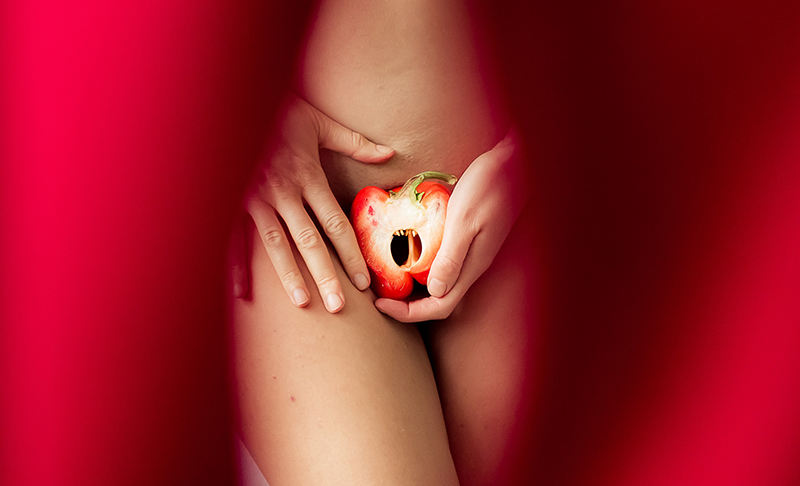
Naturopathic Treatments for PMS
So what can we do to help reduce symptoms? Just as there are many different underlying causes of PMS, there are a huge range of naturopathic treatments that can be useful. Naturopathy always aims to treat the underlying cause of health issues. Because of this, your naturopath will likely use a comprehensive case history and possibly even refer you for testing to assess for some of the factors that are contributing to your symptoms. Some of the more common treatment approaches for managing PMS symptoms are listed below.
Diet and Lifestyle
- Improving the health of your gut: this is critical for the healthy clearance of estrogen.
- Eat plenty of fruits and vegetables: Fresh fruits and vegetables can be a surprisingly valuable strategy for helping to manage one of the key underlying factors in PMS – excess oestrogen. Certain vegetables, such as broccoli, cauliflower, kale and Brussels sprouts, are particularly useful, as they contain liver-supporting nutrients that help our liver to function at its best. This is important because our liver is responsible for eliminating excess hormones in the body, including oestrogen. Similarly, the fibre from fruits and vegetables can also help our bodies to excrete excess hormones by binding up excess hormones in the bowels, keeping us regular and ensuring hormones are eliminated before our body reabsorbs them.
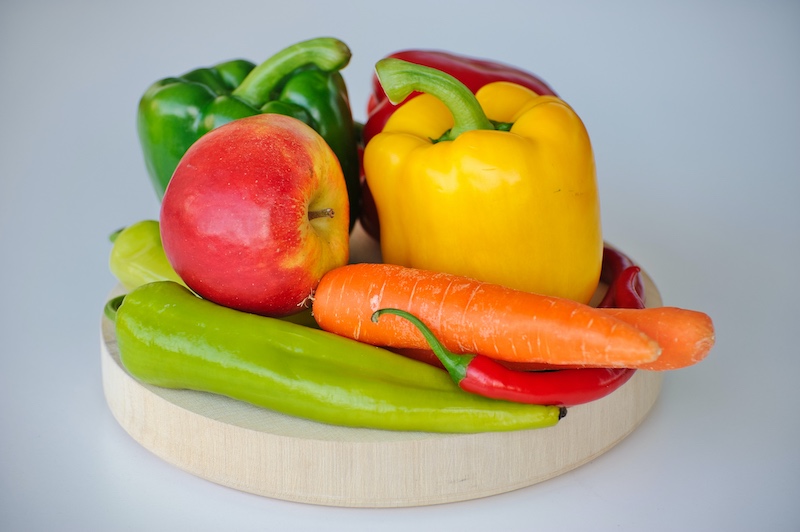
- Include healthy protein with your meals: This is particularly important for those with symptoms that might be due to a change in blood sugar regulation, such as food cravings. Including protein in your meals can help to slow the absorption of sugars, reducing excessive blood sugar spikes that trigger further cravings.
- Reduce your alcohol consumption: Drinking alcohol, and especially heavy alcohol consumption, can exacerbate PMS symptoms. Heavy alcohol consumption can affect our hormones as well as impact our serotonin levels, so it’s no wonder it can play a negative role when it comes to PMS. Reducing your alcohol intake throughout the month and avoiding binge drinking is best.
- Reduce your sodium intake: This one is particularly important if you suffer from pre-menstrual bloating and fluid retention, as excessive sodium in your diet can exacerbate this issue.
- Reduce your caffeine intake: High consumption of caffeine is associated with more severe PMS symptoms. Be mindful of your caffeine intake throughout your cycle and be aware that caffeine is found in many different foods and drinks aside from coffee, including tea, cola, energy drinks, cocoa and chocolate.
- Reduce your sugar intake: Sweet, sugary foods are often on the top of the list when it comes to premenstrual food cravings, however they can wreak havoc on your blood sugar levels, leading to further cravings as well as fatigue. Be mindful of your sugar intake and opt for healthier sweet foods when possible, such as fresh fruit.
- Engage in regular physical activity: Regular physical activity throughout the menstrual cycle can help to reduce the severity of your symptoms. Whilst any aerobic activity can help, yoga has been found to be particularly effective. A recent study found 40 minutes of yoga three times per week for just one month, was able to significantly reduce the intensity of PMS pain. Likewise, swimming has been found to help with a wide range of premenstrual syndromes, including cramps and pain, headaches, anxiety, depression and breast pain.
Specific Nutrients
- Calcium: Studies have shown that our calcium levels change throughout the menstrual cycle and are typically lower during the luteal phase. Women with PMS have been shown to have especially low levels of calcium during this phase of the menstrual cycle, and low calcium may be involved in symptoms such as irritability and cramps. You can boost your calcium intake with foods such as dairy products, dark green leafy vegetables including broccoli, kale and Brussels sprouts, and legumes.
- Vitamin D: Evidence suggests that our vitamin D levels can also change during the luteal phase of the menstrual cycle, because higher oestrogen can increase the break down of vitamin D by the liver, leaving us with less vitamin D than normal. Vitamin D is an important nutrient for maintaining our optimal calcium levels but is also involved in hormonal balance and even bloating. Studies have shown supplementation of both calcium and vitamin D to help reduce the severity of PMS symptoms. Vitamin D is best absorbed via sun exposure – even just 15 minutes per day can help to boost your vitamin D levels. Vitamin D can also be found in some foods, including salmon, sardines, red meats, and free-range eggs.

- Magnesium: Magnesium is vital for regulating muscle contraction and relaxation, as well as being involved in the function of important neurotransmitters such as serotonin. Studies have found magnesium to be useful in alleviating a range of different PMS symptoms, particularly anxiety and mood changes. Magnesium can be found in foods such as pumpkin seeds, almonds, spinach, cashews, lentils, eggs and lean meats.
- Vitamin B6: Vitamin B6 is an important nutrient when it comes to PMS, because it plays a role in balancing neurotransmitters such as serotonin and GABA, and also helps our body to utilise magnesium in our cells. Boost your vitamin B6 intake with foods such as chickpeas, salmon, tuna, chicken, dark leafy green vegetables, bananas, and oranges.
If you feel you may be suffering from nutrient deficiencies, it’s important to speak with your naturopath or other health care provider for professional advice before using supplements.
Herbs
There’s a wide range of herbal medicines that can be used to help relieve PMS symptoms. Your naturopath will be able to formulate a herbal mix that best suits your unique symptomatology.
Some herbs that are commonly used in PMS include:
- Vitex: Also known as chaste tree, vitex is one of the most commonly used herbs to help with PMS, with many studies demonstrating its effectiveness in reducing mild to moderate PMS symptoms. This herb works through a number of different mechanisms, including altering hormonal balance and also binding to opioid receptors in the body to reduce pain. Vitex has been shown to help with a range of PMS symptoms, including bloating, headache, irritability, breast pain and mood changes.
- St. John’s Wort: St. John’s Wort can be used to help particularly with psychological PMS symptoms such as anxiety and low mood. This herb is able to increase serotonin levels and has been shown to help with a range of PMS symptoms such as low mood, anxiety, food cravings, headaches and fatigue.
- White Peony: White peony is a traditional Chinese herb that can help to regulate hormonal balance and has shown promise in treating PMS symptoms, particularly premenstrual cramps.

Other herbs may be used to help manage specific symptoms:
- Liver herbs like dandelion root can help your body process and eliminate excess oestrogen
- Nervous system herbs such as ashwagandha to help with stress
- Anti-spasmodic herbs such as cramp bark to help with cramps and pain
While PMS may be common, it’s not something you need to put up with. Book your appointment with Tanya today – an award winning naturopath in Sydney – to learn more about PMS and develop a treatment strategy to help you feel better.
References
Abdi, F., Ozgoli, G., & Rahnemaie, F. S. (2019). A systematic review of the role of vitamin D and calcium in premenstrual syndrome. Obstetrics and Gynecology Science, 62(2), 73–86.
Cerquiera, R. O., Frey, B. N., Leclerc, E., & Brietzke, E. (2017). Vitex agnus castus for premenstrual syndrome and premenstrual dysphoric disorder: A systematic review. Archives of Women’s Mental Health, 20, 713–719.
Fernandez, M. del M., Saulyte, J., Inskip, H. M., & Takkouche, B. (2018). Premenstrual syndrome and alcohol consumption: A systematic review and meta-analysis. BMJ Open.
Hechtman, L. (2012). Clinical naturopathic medicine. Elsevier Australia.
Khademi, N., Abbassinya, H., Heshmat, F., Naafe, M., & Mohammadbeigi, A. (2020). Evaluation of the effect of perforan (Hypericum perforatum) on premenstrual syndrome severity of physical and behavioural symptoms in patients with premenstrual syndrome: A clinical randomised trial. Advances in Human Biology, 10(3), 110–114.
Maged, A. M., Abbassy, A. H., Sakr, H. R. S., Elsawah, H., Wagih, H., & Ogila, A. I. (2018). Effect of swimming exercise on premenstrual syndrome. Archives of Gynecology and Obstetrics, 297, 951–959.
Niroumand, M. C., Heydarpour, F., & Farzaei, M. H. (2018). Pharmacological and therapeutic effects of Vitex agnus-castus L.: A review. Pharmacognosy Review, 12, 103–114.
Shobeiri, F., Araste, F. E., Ebrahimi, R., Jenabi, E., & Nazari, M. (2017). Effect of calcium on premenstrual syndrome: A double-blind randomized clinical trial. Obstetrics and Gynecology Science, 60(1), 100–105.
Vaghela, N., Mishra, D., Sheth, M., & Dani, V. B. (2019). To compare the effects of aerobic exercise and yoga on premenstrual syndrome. Journal of Education and Health Promotion, 8(199).


